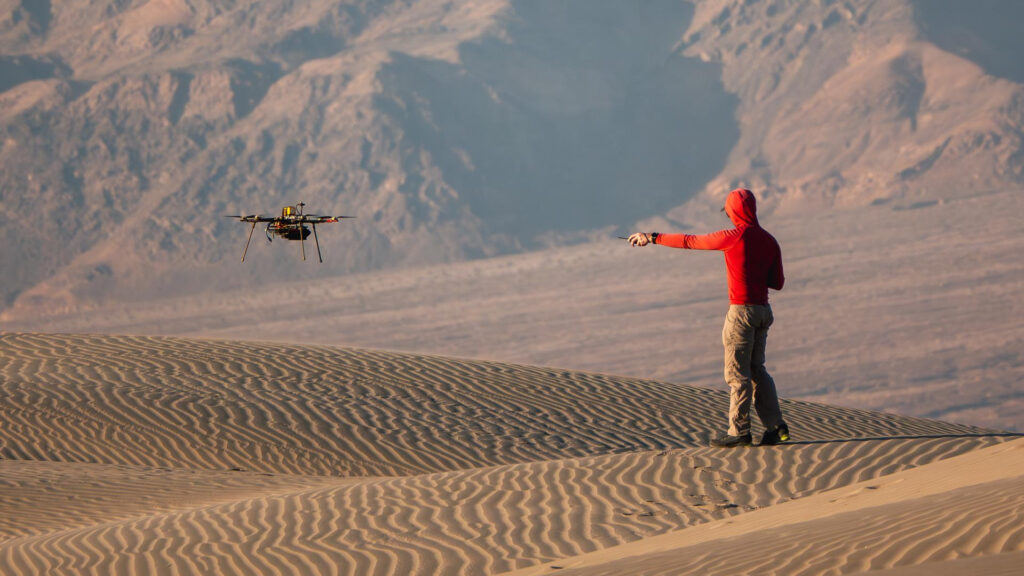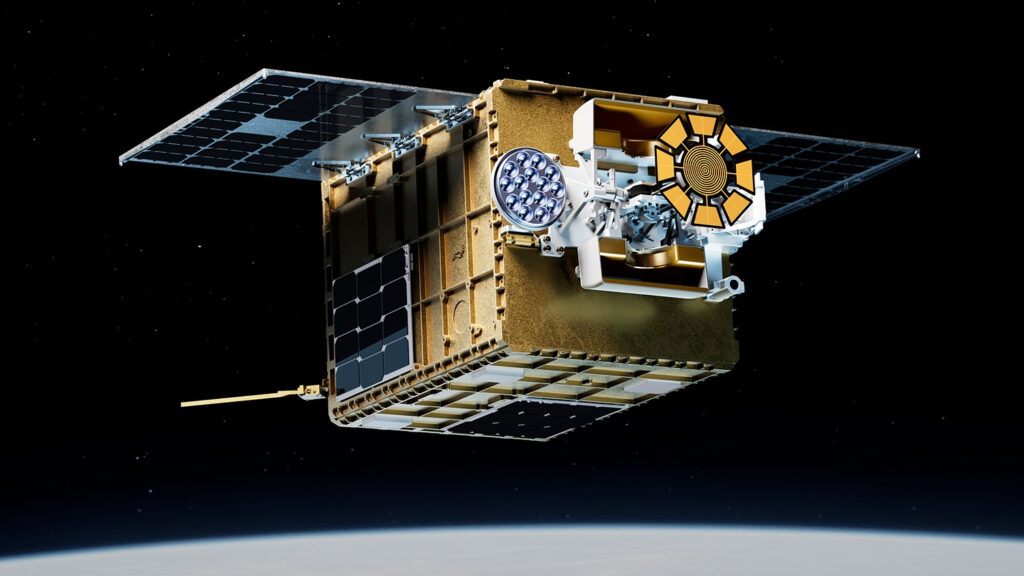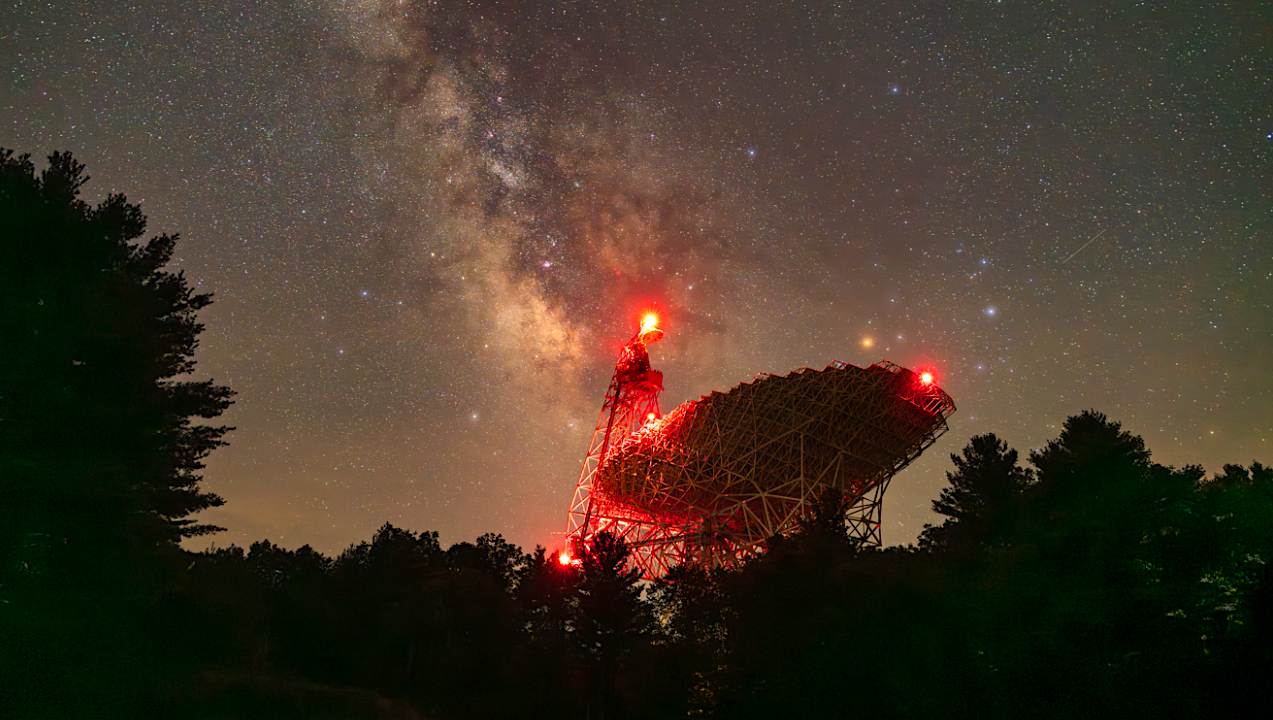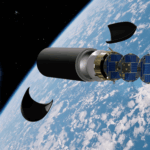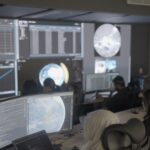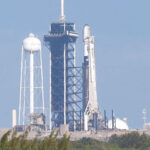Now Reading: Northern lights may be visible in 14 US states tonight
-
01
Northern lights may be visible in 14 US states tonight
Northern lights may be visible in 14 US states tonight
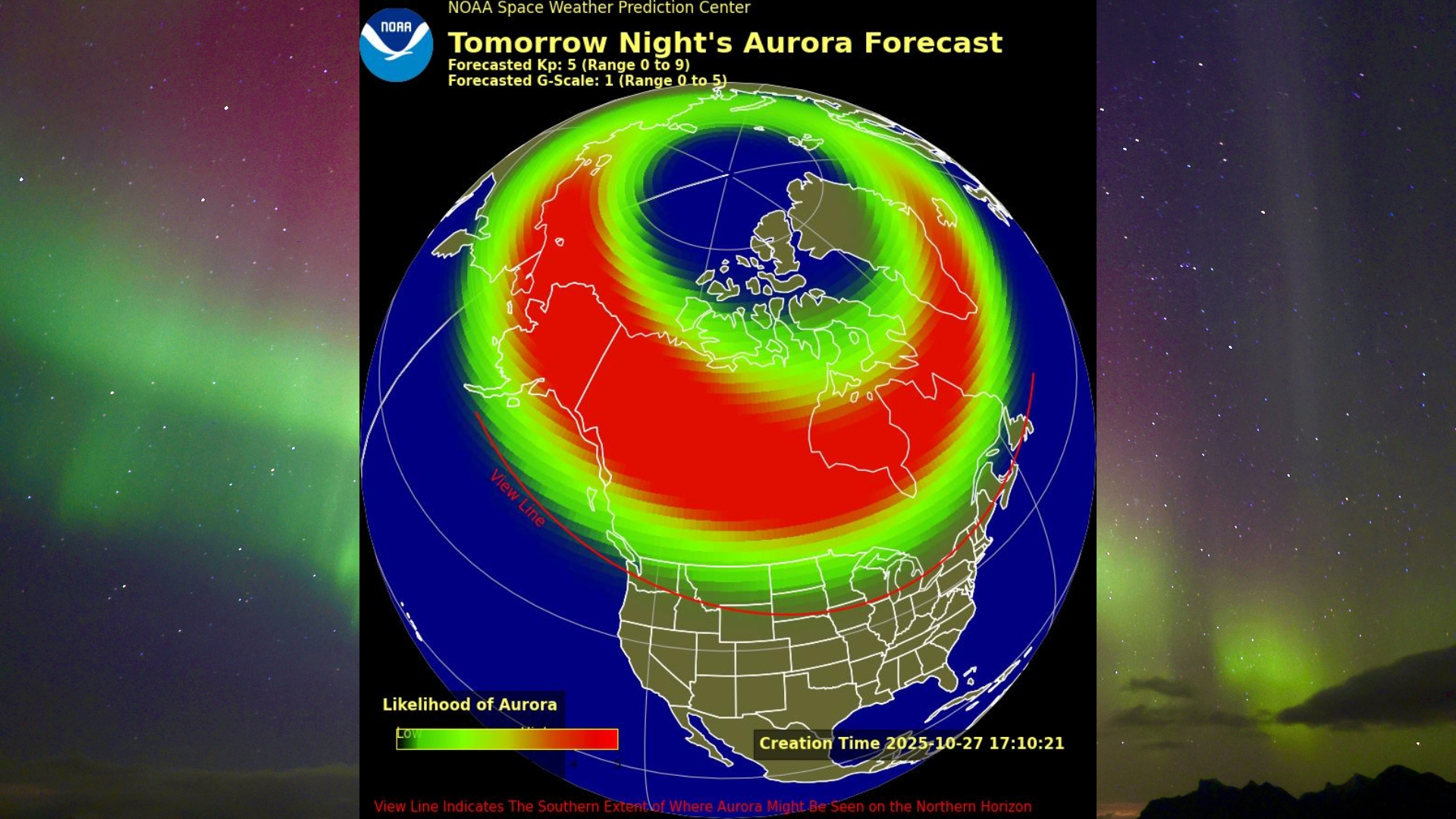
Get ready, aurora chasers: The northern lights may put on a good show across parts of the U.S. tonight as a high-speed solar wind stream is forecast to slam into Earth’s magnetic field.
Forecasters at NOAA’s Space Weather Prediction Center (SWPC) predict possible minor (G1) geomagnetic storm conditions for Oct. 28 and Oct. 29 (starting in the early hours of Oct. 28), with a chance of stronger moderate (G2) storming if conditions intensify. The U.K. Met Office echoes this forecast, predicting that auroras could dip into latitudes around Scotland or the northern U.S., depending on the timing and strength of the incoming solar wind.
A combination of fast solar wind from a large Earth-facing coronal hole and possible influence from a weak coronal mass ejection (CME) that left the sun on Oct. 23 could cause solar wind speeds to climb significantly from Oct. 28 through Oct. 29 — great news for aurora chasers.
Where and when can you see the northern lights tonight?
According to NOAA’s Kp index forecast, geomagnetic storming is expected to occur intermittently between 11 p.m. EDT tonight (0300 GMT on Oct. 28) and 5 p.m. EDT Oct. 29 (2100 EDT). This makes the next couple of nights the ideal time to watch for dazzling aurora displays.
Based on the latest NOAA aurora forecast map, the following 14 U.S. States appear fully or partially above the aurora view line:
- Alaska
- Montana
- North Dakota
- Minnesota
- Wisconsin
- Washington
- Idaho
- South Dakota
- Michigan
- Vermont
- New Hampshire
- Wyoming
- Iowa
- New York
However, auroras are highly unpredictable. Even if you’re within the view line, you’ll still need cloud-free skies, minimal light pollution, a clear view northward and a little bit of luck to catch the show.
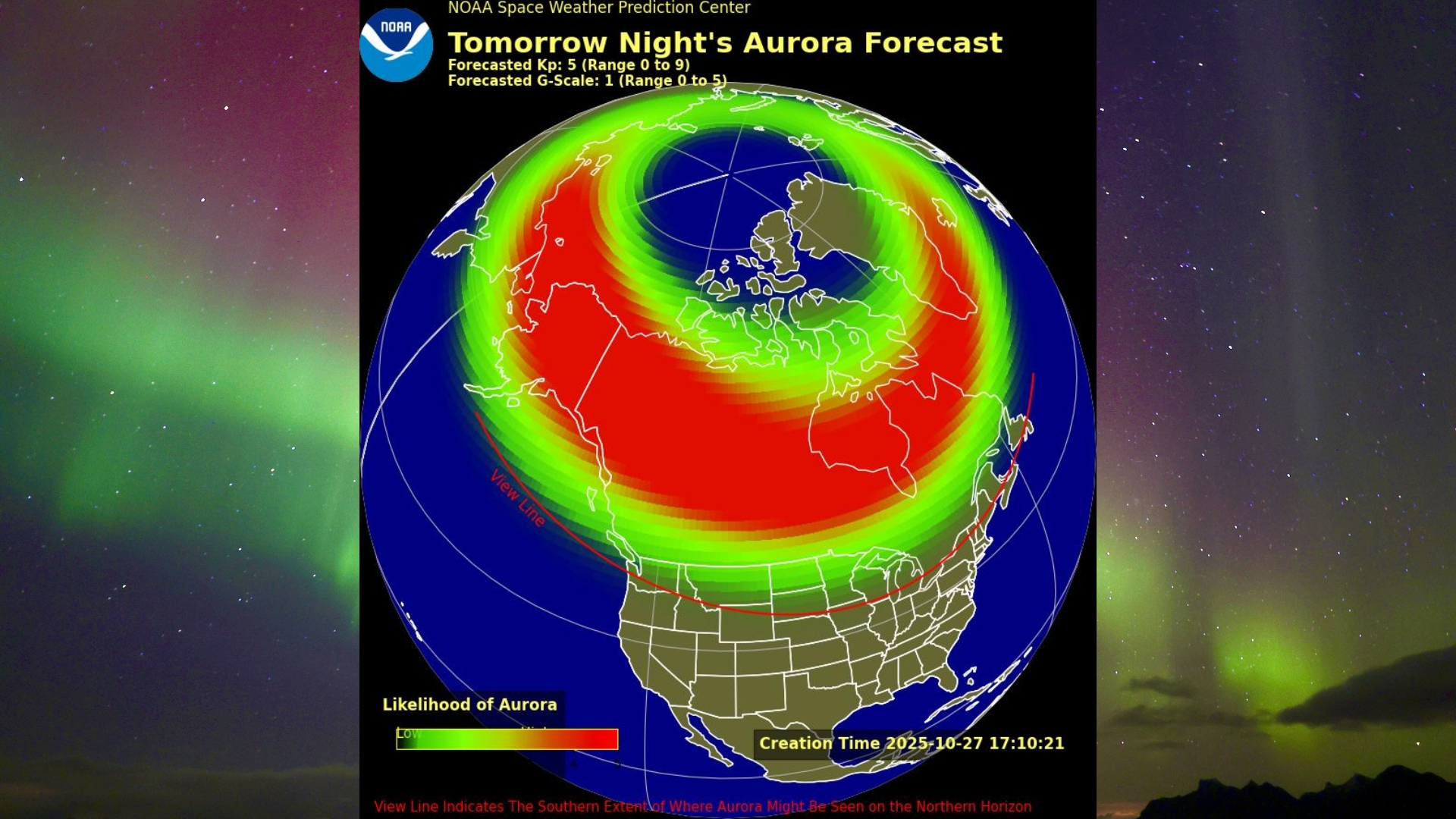
Northern Hemisphere aurora forecast courtesy of the Met Office
How to see the northern lights where you live
If you’re in one of the 14 U.S. states listed above, here are some tips for catching a glimpse of the display.
- Head to a dark location far from city lights.
- Find a north-facing view with a clear horizon.
- Look up around midnight to 2 a.m. local time, but keep watch as soon as skies darken.
- Be patient. Auroras often come in waves and can appear faint at first.
We recommend downloading a space weather app that provides aurora forecasts based on your location. One option I use is “My Aurora Forecast & Alerts,” available for both iOS and Android. However, any similar app should work well. I also use the “Space Weather Live” app, which is available on iOS and Android, to get a deeper understanding of whether the current space weather conditions are favorable for aurora sightings.
Stay Informed With the Latest & Most Important News
Previous Post
Next Post
-
 012024 in Review: Highlights from NASA in Silicon Valley
012024 in Review: Highlights from NASA in Silicon Valley -
 02Panasonic Leica Summilux DG 15mm f/1.7 ASPH review
02Panasonic Leica Summilux DG 15mm f/1.7 ASPH review -
 03From Polymerization-Enabled Folding and Assembly to Chemical Evolution: Key Processes for Emergence of Functional Polymers in the Origin of Life
03From Polymerization-Enabled Folding and Assembly to Chemical Evolution: Key Processes for Emergence of Functional Polymers in the Origin of Life -
 04How New NASA, India Earth Satellite NISAR Will See Earth
04How New NASA, India Earth Satellite NISAR Will See Earth -
 05And Thus Begins A New Year For Life On Earth
05And Thus Begins A New Year For Life On Earth -
 06Astronomy Activation Ambassadors: A New Era
06Astronomy Activation Ambassadors: A New Era -
07SpaceX launch surge helps set new global launch record in 2024












